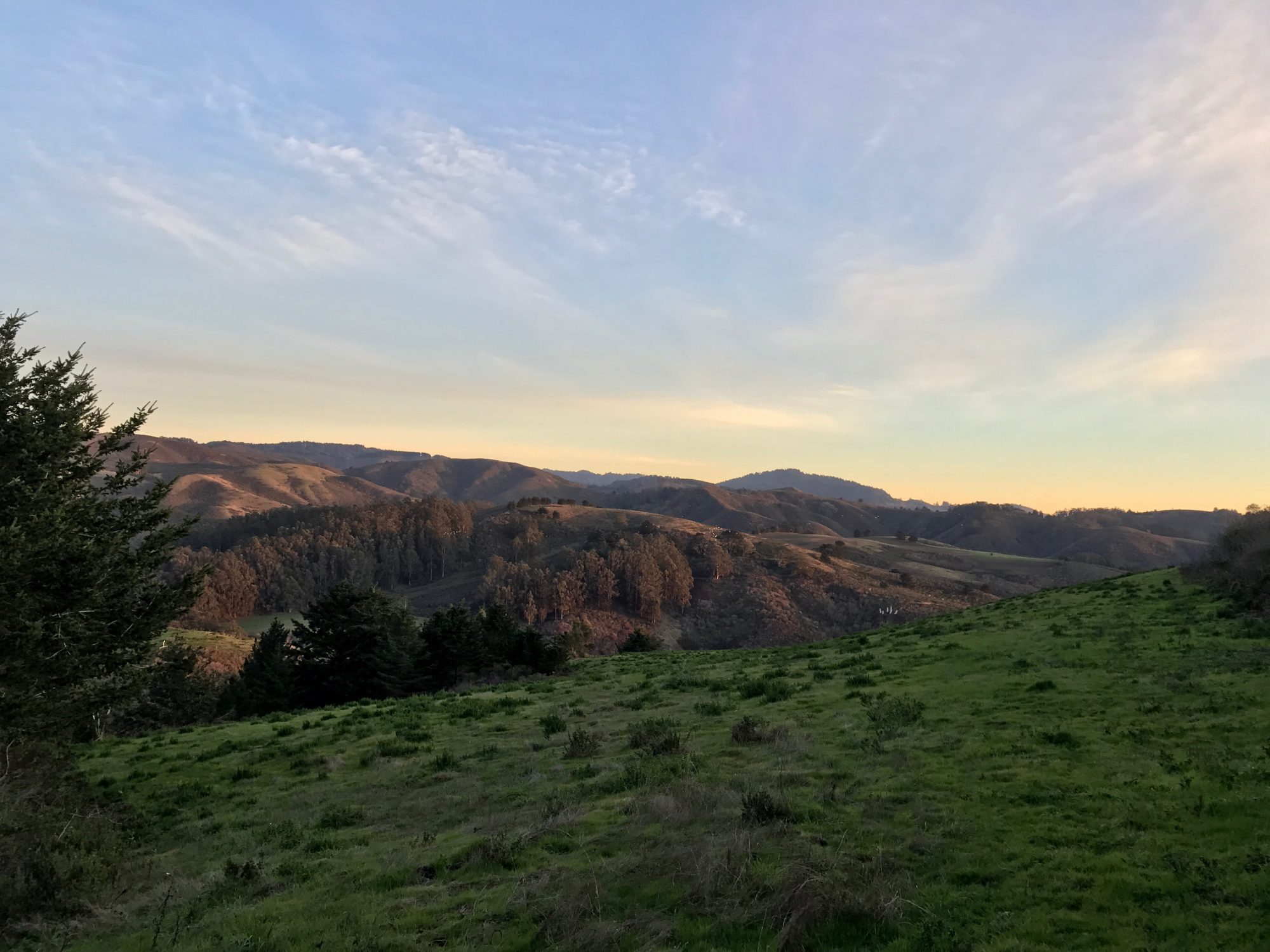Apple’s Worldwide Developer’s Conference is this morning, and so I’m annoyed by all the people who are wrong on the internet. 😉
The mainstream press, and even some of the tech press (and certainly the financial press) never seem to know what to think of the news from WWDC. The tendency is to think of it as a product announcement event, even though product announcements at WWDC happen only occasionally.
WWDC is the richest look at Apple’s long-term plans that we ever see. As much as individual new products are picked apart and analyzed, the best information about Apple’s plans and the general direction of their technologies and products comes at WWDC.
This is a show for Developers. Most Developers are chomping at the bit to find out what new features and systems will be in this year’s new software, including Apple’s major operating systems (iOS, MacOS, et. al.), and languages and tools (Swift, Xcode, SwiftUI, ARKit, et. al.). Developers want to start building!
But many of us also watch closely for directional signals on what’s coming in the future. For example, Apple’s Memoji are cute animated avatars that you can design and decorate. They are cute and fun, but many people thought them silly and even useless. But developers saw the directional signal: Apple’s deep integration commitment for Augmented Reality. Apple’s commitment to privacy has been on display year after year at WWDC. And although we couldn’t really know it for sure at the time, Apple’s Metal framework for graphics presaged the move to Apple Silicon.
Apple’s just wrapping up the transition to using its own processors, Arm-based Apple Silicon, across all products. The last major product family to get Apple Silicon, Mac Pro, will be coming out soon – possibly being announced at WWDC today.
Both SwiftUI and ARKit are high on my list for expected improvements. They have both been developing in some interesting ways the last couple years and are also both “unfinished” in ways that are both frustrating and intriguing.
The pace is sometimes frustrating. Holes in capabilities (and bugs!) can be maddening. But it’s still remarkable the progress made over a few years.




